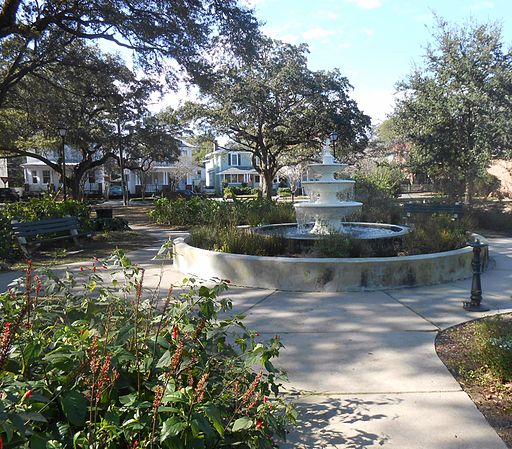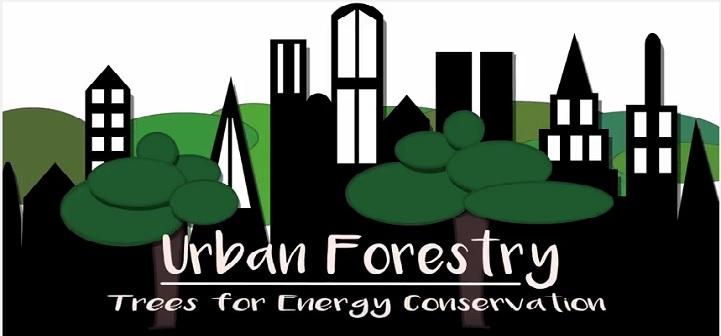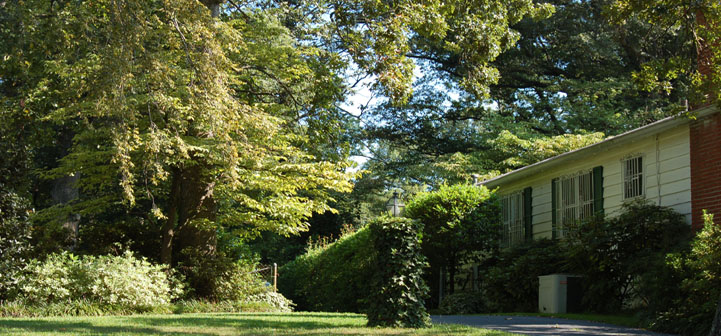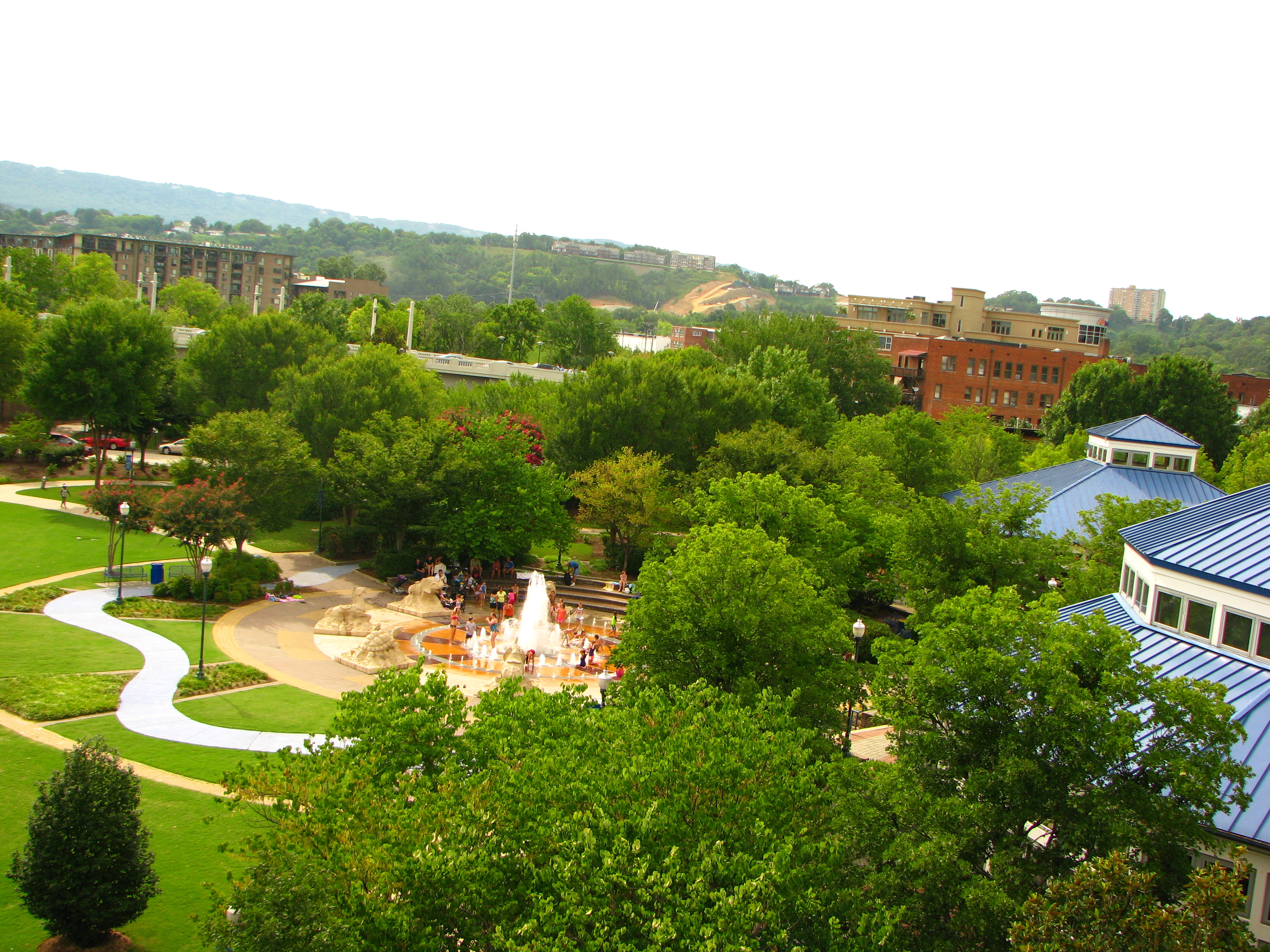
A community receives many benefits from the urban forest; however, there are also costs associated with having a healthy urban forest. Estimates for tree costs in the U.S. range from $12.87 to $65 per tree (McPherson et al. 2005). Working …

A community receives many benefits from the urban forest; however, there are also costs associated with having a healthy urban forest. Estimates for tree costs in the U.S. range from $12.87 to $65 per tree (McPherson et al. 2005). Working …

Trees provide more than just beauty or a source of wood products. Rather, trees provide an assortment of economic, environmental, psychological and social benefits to humans. Energy savings are one such highly valued benefit or service urban trees provide. Did …
Vegetation affects urban mesoclimate and microclimate by intercepting solar radiation, directing air movement, and affecting air temperature. Microclimate, mesoclimate and macroclimate can be used to describe the climate of a given location. Macroclimate covers hundreds of square miles and parameters …

Trees are an important part of our communities, but tree planting, maintenance and protection require an investment of resources, including time and money. Are the benefits that trees afford our communities greater than their costs? The answer is yes. A …

Site selection is the first, important step to make when planting trees in an urban environment. Quality sites have a higher probability of supporting long-lived and healthy trees, whereas poorly chosen sites produce poorer-quality trees. Urban environments are challenging for …